
UDK: 611.77:577,3:599.323.45
E.S. Mishina1, M.A. Zatolokina1, L.M. Ryazaeva2, V. S. Pol skoi2, V.V. Tsymbalyuk1, V.O. Nevolko1, I.A. Shmatko1, E.S. Zatolokina1
ФГБОУ ВО «Курский государственный медицинский университет» Министерства здравоохранения Российской Федерации, г. Курск, 1 кафедра гистологии, эмбриологии, цитологии, 2кафедра анатомии человека
The use of various scaffolds makes it possible to model the future fibrous framework of the newly formed regenerate, and also serves as a substrate for the colonization of the cellular component. The development of tissue engineering in regenerative medicine requires an understanding of more precise mechanisms of the formation of the connective frame at the site of the defect. The aim of this study was to study the morphofunctional rearrangement of the fibrous structures of the dermis of the skin of rats, in response to for the implantation of a 3D-scaffold based on polyprolactone. The study was carried out on the skin оf male Wistar rats at different times after implantation of a 3D-scaffold based on polyprolactone. The biomaterial with the implantable scaffold was studied using scanning electron microscopy. As a result of the study, it was revealed that active collagenogenesis is determined around the structures of the 3D-scaffold based on polyprolactone. By the 14th day, a large number of circularly directed collagen fibers are visualized, which are the basis for further building a connective tissue capsule around the fibers. Conclusions are drawn about the effectiveness of using a 3D-scaffold based on polyprolactone. This implant can also be effective for the colonization of allogeneic cultured fibroblasts and the creation of biomedical tissue engineering products on its basis.
skin, 3D-scaffold, regeneration, collagen fibers.
Мишина Екатерина Сергеевна – к. м. н., доцент кафедры гистологии, эмбриологии, цитологии ФГБОУ ВО КГМУ Минздрава России, е-mail: katusha100390@list.ru